Cryostem hPSC Freezing Medium
| name | SKU | size |
|---|---|---|
| CryoStem™ Freezing Medium | 05-710-1D | 10mL |
| CryoStem™ Freezing Medium | 05-710-1E | 50 mL |
- Description
- Specifications
- References
- Documentation
- Reviews (0)
Description
Cryostem hPSC Overview
CryoStem™ hPSC Freezing Medium is a ready-to-use solution for the cryopreservation of human embryonic stem (ES) cells and induced pluripotent stem (iPS) cells in serum-free and animal component-free conditions. Pluipotent stem cells preserved with CryoStem™ hPSC Freezing Medium demonstrate high viability and recovery after thawing, and express typical pluripotent markers in culture. CryoStem Freezing Medium maintains xeno-free conditions during cryopreservation when your cells have been cultured in a xeno-free system.
CryoStem hPSC Freezing Medium has been validated on human ES cells (H1, H9 and HuES9). Superior results were seen when used in comparison with both serum-containing freezing media as well as competing serum-free freezing solutions.
CryoStem is a novel solution composing of methylcellulose and DMSO therefore eliminating the risks associated with sera and serum-derived products.
Features
- Chemically defined, Animal component-free (ACF), Protein-free
- Works with various media
- Suitable for freezing hESC and hiPSC cultured in both feeder and feeder-free conditions
- High recovery efficiency: maintains superior attachment ability as well as growth profile
- Maintains hESC and hiPSC pluripotency
- Complete formulation; Ready-to-use at 2-8°C
Additional information
| Form | Liquid |
|---|---|
| Brand | |
| Storage Conditions | 2 to 8°C |
| Instructions for Use | Do not use if a visible precipitate is observed in the medium. Do not use beyond the expiration date indicated on the product label. |
| Legal | CryoStem Freezing Medium is intended for in vitro diagnostic use |
| Quantity | 10mL, 50 mL |
- G. Guo, et al. Epigenetic resetting of human pluripotency." bioRxiv (2017): 146712.
- S. Reichman et al. Generation of Storable Retinal Organoids and Retinal Pigmented Epithelium from Adherent Human iPS Cells in Xeno‐Free and Feeder‐Free Conditions.STEM CELLS 35.5 (2017): 1176-1188.
- F. Pistollato, et al. Protocol for the Differentiation of Human Induced Pluripotent Stem Cells into Mixed Cultures of Neurons and Glia for Neurotoxicity Testing. JoVE (Journal of Visualized Experiments) 124 (2017): e55702-e55702.
- L. Tian et al. Efficient and controlled generation of 2D and 3D bile duct tissue from human pluripotent stem cell-derived spheroids." Stem Cell Reviews and Reports 12.4 (2016): 500-508.
- J. Chal et al. Generation of human muscle fibers and satellite-like cells from human pluripotent stem cells in vitro.Nature protocols 11.10 (2016): 1833-1850.
- M. S. Y Hiew. Generation and Microrna Expression Profiling of Colorectal Cancer Cell-Derived Induced Pluripotent Cancer Cells. Diss. UTAR, 2016.
- N. Nishishita et al. An effective freezing/thawing method for human pluripotent stem cells cultured in chemically-defined and feeder-free conditions. American journal of stem cells 4.1 (2015): 38.
- Z. Danhong, et al. Method of cryopreservation of stem cell-derived retinal pigment epithelial cells on polymeric substrate.U.S. Patent Application No. 14/114,182, 2014
- C. Martin et al. Highly Efficient microRNA-Enhanced mRNA Reprogramming of Diseased Human Fibroblasts in a Feeder-Free Culture System. STEMGENT Application Note, 2014
- C. Buensuceso et al. Induced pluripotent stem cells prepared from human kidney-derived cells. US Patent 20140073049 A1, 2014
- R. Sivapatham, X.Zeng. Generation and Characterization of Patient-Specific Induced Pluripotent Stem Cell for Disease Modeling. Methods in Molecular Biology, 2014
- L. Tian, N. Prasad, Y. Jang. In Vitro Modeling of Alcohol-Induced Liver Injury Using Human-Induced Pluripotent Stem Cells. Methods in Molecular Biology, 2014
- C. Buensuceso et al. Induced pluripotent stem cells from human umbilical cord tissue-derived cells. US Patent 20130157365, 2013
- S. Hikita et al. Methods of Culturing Retinal Pigmented Epithelium Cells, Including Xeno-Free Production, RPE Enrichment, and Cryopreservation. US Patent 20130196369 A1, 2013
- N. Nishishita et al. Generation of Virus-Free Induced Pluripotent Stem Cell Clones on a Synthetic Matrix via a Single Cell Subcloning in the Naïve State. PLoS ONE 7(6): e38389. doi:10.1371/journal.pone.0038389 , 2012
- F. Pistollato et al. Standardization of pluripotent stem cell cultures for toxicity testing. Vol. 8, No. 2 , Pages 239-257 (doi:10.1517/17425255.2012.639763), 2012
Materials Safety Data Sheet
CryoStem™ Freezing Medium (MSDS)
Manuals and Protocols
CryoStem™ Freezing Medium Instructions for Use
Product Literature
CryoStem™ Freezing Medium Product Sheet
Technical Reports
WiCell – BI-USA CryoStem™ Freezing Medium Lot Qualification Report
Be the first to review “Cryostem hPSC Freezing Medium”
You must be logged in to post a review.



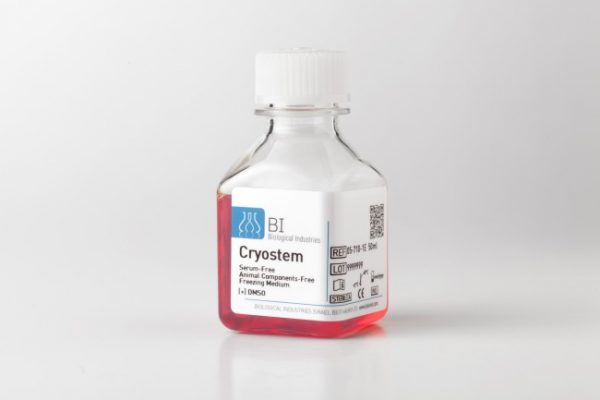
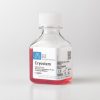
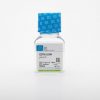
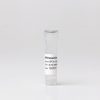
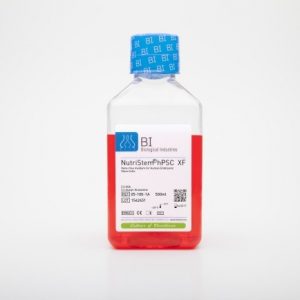
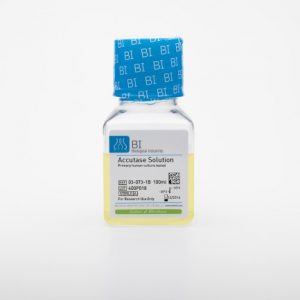
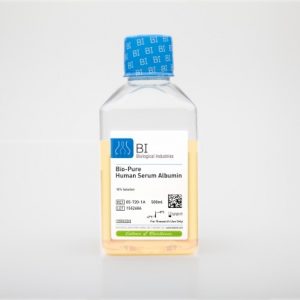
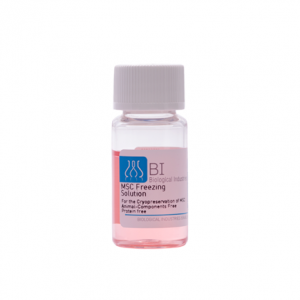
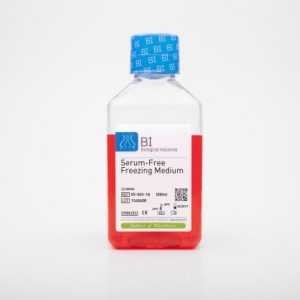
Reviews
There are no reviews yet.